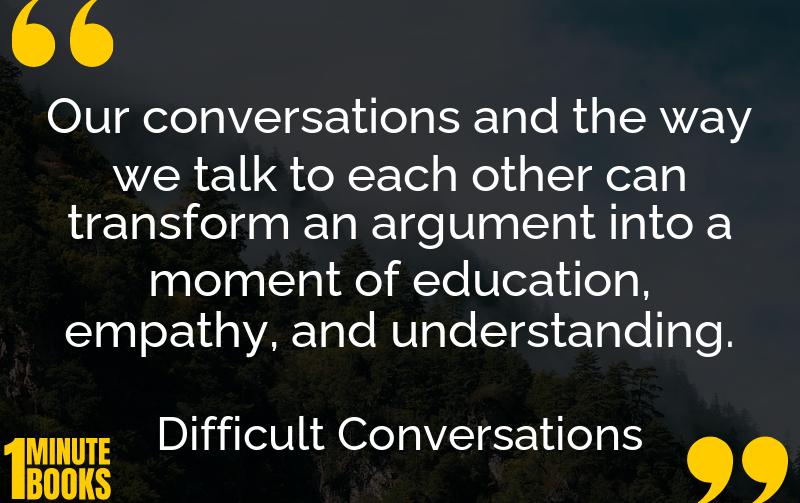
This book teaches how to manage difficult conversations by understanding the underlying ‘What Happened,’ ‘Feelings,’ and ‘Identity’ aspects, turning conflicts into learning dialogues.
Main Lessons
- Identify the three types of conversations: What Happened, Feelings, and Identity.
- Recognize each person’s perspective in the ‘What Happened’ conversation.
- Feelings are valid and should be expressed without accusatory language.
- Identity is not absolute; embrace complexity and accept mistakes.
- Approach difficult discussions as learning conversations, not battles.
- Avoid starting with your story; use a neutral third story to introduce the issue.
- Invite collaboration and openness in resolving issues together.
- Realize that each person has different information and views.
- Replace blame with joint responsibility and understanding.
- Balance your identity; remind yourself of your strengths.
- Prepare for potential negative reactions but remain open and patient.
- Persistent engagement helps navigate through defensiveness.
- Use conversations as opportunities for growth and understanding.








